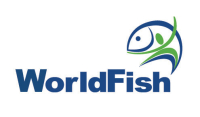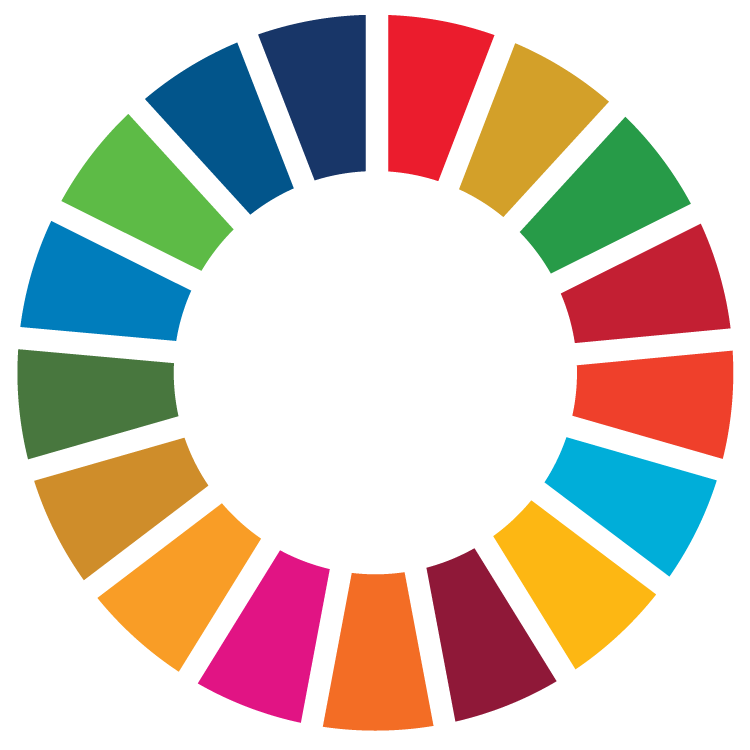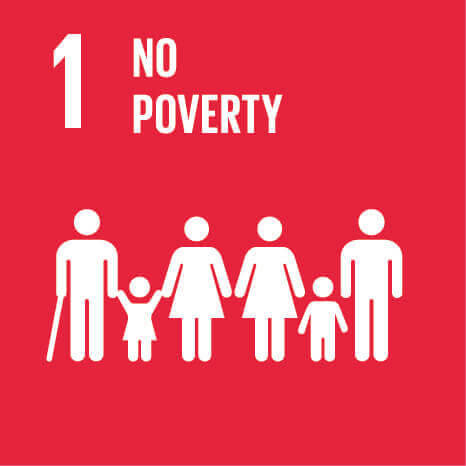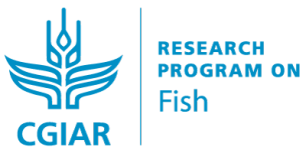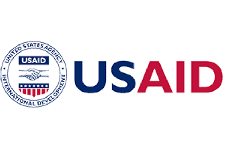Supporting small-scale aquaculture farmers to improve nutrition and income for nearly 800 households in Myanmar's vulnerable communities
Published on: May 1, 2021, Submitted by Lauren Burcham on: April 29, 2021, Reporting year: 2020
Myanmar’s most vulnerable communities rely on fish for household nutrition and income. WorldFish's intervention in Myanmar seeks to address small-scale aquaculture (SSA) farmers' needs by developing sustainable practices that are socially acceptable and economically sound. Focusing on five inland states, it seeks to improve home aquaculture practices, increase family and child nutrition through increased access to fish for consumption, and better nutrition and hygiene practices. In 2020, 743 households have adopted Better Management practices (BMPs) related to aquaculture.
U Sai Noon and his wife feeding the fishes
Aquatic foods harvested from lakes and rivers provide an important source of income and nutrition for Myanmar’s poorest rural communities. Analysis of household food consumption has shown that current diets are not meeting the energy or nutrition needs of the poorest households in Myanmar. The WorldFish-led Fish for Livelihoods project works to support small-scale aquculture farmers farmers and value chain actors by addressing concerns regarding fish stocks, providing information on enhanced and novel technologies, and increasing access to nutrition-sensitive foods and diets at home. The intervention focuses on five inland states in Central and Northern Myanmar.
Participation in small-scale aquaculture has shown to providea twofold success: first, by providing fish for direct household consumption, and second, by increasing fish supply and products on the market, market price of fish decreases. However, fish stocks are at risk due to a number of factors, including sewage overflow, overexploitation and climate change. In 2020, the project supported 1,288 farmers with trainings on aquaculture, fish seed and fish feed. A total of 69 demonstration ponds were established in 64 villages with a total 72,156 seed of Indian major carps and tilapias. These actions can lead households to formal adoption of these practices, and as such, increase nutrition and household income.
This year has also revealed the need for accessible nutritious foods for children in Myanmar. Fish for Livelihoods has partnered with FedWell foods to introduce small fish powder into children’s diets. These small fish are a rich source of protein, micronutrients, and fatty acids that contribute to healthy growth and development in children. The program will begin piloting dried small fish powder after safety analyses. In addition, the project also encourages the growth of vegetable and fruit seeds at home in pond dykes for a balanced nutrition consumption. A total of 363 households received vegetable seeds to support improving dietary diversity. This year also saw 261 project participants stocking their home ponds with small indigenous fish species (SIS) for household consumption.
Despite the shock that COVID-19 has caused on Myanmar’s capture fisheries, tremendous progress has still been made towards Fish for Livelihood goals. A call for proposals regarding improvements in BMPs for small-scale aquaculture has lead to 1,214 beneficiaries selected for interventions. These beneficiaries will be assisted with the key constraints on their small-scale aquaculture and associated businesses.
In addition to training regarding WASH practices and hygiene, a number of households have been supplied with handwashing stations with soap, water filters, and toilet bowls with a pipe. These 406 households will now be able to practice effective WASH behaviors, leading to improved hygiene and consumption of cleaner drinking water. This project has also had a spill-over effect; while a reported cumulative 1,628 individuals report using their WASH hardware, the practices have also been adopted by 175 neighboring households.
Fish for Livelihoods also addresses the fish seed production and supply systems in Myanmar, as they do not currently meet the needs of the sector. In 2020, the program established 25 new nurseries with the specific focus of improving both access to seed in remote areas and increasing the capacity of women participants in the field. From May to September of 2020, the nursery operators (three women, 22 men) nursed 459,990 small fries and hatchlings, which will provide access to around 300 grow out farmers. This establishes both nursery business plans and links between hatcheries and grow-out farmers.
After stocking of large fish in homestead ponds, a total of 261 participants now have access to nutritious small fish species, leading to increased consumption of every week of nutritious food. A total 363 households received vegetable and fruit seeds, including carrot, bean , lettuce, pumpkin and other types of nutritious vegetable that can be harvested for household consumption.
In total, 743 households have adopted BMPs of small-scale aquaculture.
Stage of Maturity and Sphere of influence
-
Stage of Maturity: Stage 1
-
Contributions in sphere of influence:
1.3.2 - Increased livelihood opportunities
Acknowledgement
This work was undertaken by Fish for Livelihoods project. The Fish for Livelihoods project is funded by the United States Agency for International Development (USAID). This work was undertaken as part of the CGIAR Research Program on Fish Agri-Food Systems (FISH) led by WorldFish. The program is supported by contributors to the CGIAR Trust Fund.
